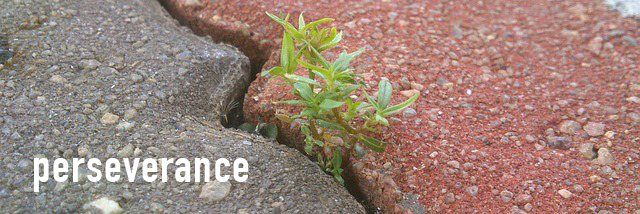Digital Fabrication: Food & The Absurd (Rhino, 3D printing, Laser, CNC)
Course: ATR 300-01 & ART 510-02 (3 credits each)
Meets: Fri 9am-2:50pm Star Store 1st Floor Computer Lab
Instructor: Ellen Mueller
Contact: emueller1@umassd.edu
Office Hours: 1:45-3:45pm Tue/Thu at Star Store 345, or by appointment
This course studies the application of design theories/principles to product design. Students utilize CAD software (Rhinoceros), conduct in-depth research of production design and problem solving associated with designing objects. Production processes explored include 3D printers, laser cutters/engravers, and CNC router. Students learn to observe and understand how objects are made, assembled, and analyze common issues in designing them.
COURSE OBJECTIVES:
- To practice computer assisted design (CAD)
- To execute in-depth research and problem solving related to production design
- To observe and understand how the components of each product are put together, and why
- To apply knowledge gained from research to 3D CAD modeling, rapid-prototyping (3D printers, laser cutters/engravers, CNC router)
- To practice prototyping and revision in order to arrive at the final product.
NOTES ON PERSEVERANCE:
We will encounter frustrations as we deal with unexpected road-blocks, and create workarounds that fit within our timeline. These are important skills to practice, as you will do the same when you leave school and enter the world of professional artistic practice. Our weekly discipline will include a variety of activities which may include, but are not limited to, discussion, active installation creation/viewing, sketchbook entries, and scheduled readings/writings. It is important to know you do not have to be a trained artist to participate in this course. However you must be willing to explore how this medium allows you to develop and refine your artistic practice, regardless of your preferred artistic medium. Please note that an instructor, I cannot force the effort required to practice art. It must come from a desire and aptitude for struggle. Dedication and willingness to create will ensure your success in this class.
NOTES ON COURSE CONTENT:
We’re about to experience some content that can be, and has in the past been, considered provocative. People in this course have been offended by what we’re about to see, so even if you think this is harmless or funny, keep in mind that this can also offend. Have respect for how other people in the room feel. That said: provocative art might not be directly offensive, but can remind you of difficult experiences, and it can work on you emotionally before your thinking mind has a chance to catch up. This means it can surprise you, and that’s ok, and this room is a place to talk about offendedness and problematic art, and you can also communicate with me via email or office visit. I’ll also try to contextualize this art by putting it in its historical moment where it will hopefully make better sense.
NOTES ON RESPECT:
The work created in the course may be of a personal and/or controversial nature. Please respect your colleagues and give their work your best attention. If you disagree with a work or its content, remember that when engaging with others’ work you must be a responsible and professional critic, and as such must work to make your criticism constructive and descriptive. Speak in this class with the expectation of being heard, and listen carefully because it is an opportunity to be changed.
 NOTES ON GOING TO COLLEGE:
NOTES ON GOING TO COLLEGE:
We go to college to for a degree and a job, but we also go to college to become better members of society. We are here to learn…
- Love of truth: Love of truth is an intellectual virtue because its absence has serious moral consequences. Relativism chips away at our fundamental respect for one another as human beings. Once truth becomes suspect, debates become little more than efforts at manipulation (think of political spin).
- Honesty: Honesty enables students to face the limits of what they themselves know; it encourages them to own up to their mistakes.
- Fair-mindedness: Students need to be fair-minded in evaluating the arguments of others (being aware of their own biases).
- Humility: Humility allows students to face up to their own limitations and mistakes and to seek help from others.
- Perseverance: Students need perseverance, since little that is worth knowing or doing comes easily. We will practice this skill rigorously.
- Courage: Students need intellectual courage to stand up for what they believe is true and take risks.
- Good listening: Students can’t learn from others, or from their professors, without listening. It takes courage to be a good listener, because good listeners know that their own views of the world, along with their plans for how to live in it, may be at stake whenever they have a serious conversation.
- Perspective-taking and empathy: It takes a great deal of intellectual sophistication to get perspective-taking right. You must be able to put yourself in the shoes of someone else and identify with their unique situation. These skills pay enormous dividends in professional life.
- Wisdom: Any of the intellectual virtues I’ve mentioned can be carried to an extreme. Wisdom is what enables us to find the balance between timidity and recklessness, carelessness and obsessiveness, flightiness and stubbornness, speaking up and listening up, trust and skepticism, empathy and detachment. Wisdom is also what enables us to make difficult decisions when intellectual virtues conflict. Being empathetic, fair, and open-minded often rubs up against fidelity to the truth. Practical wisdom is the master virtue.[credit to Barry Schwartz]
